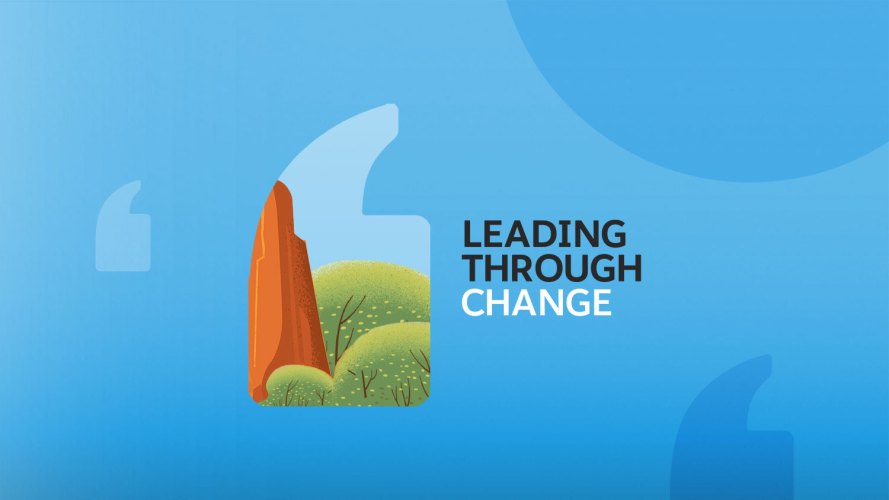This post was written by Salesforce’s Vice President of Strategic Customers Jessica Geutner and EMEA Automotive Business Development Lead Ognyan Vasilev.
2020 will be a year of recovery and stabilization for the automotive industry as markets slowly reopen and original equipment manufacturers (OEM) adapt to new customer preferences and behaviors. Although markets are seeing signals recovery is underway, McKinsey estimates the global market will produce 7.5 million fewer vehicles in 2020.
Customers showed reluctance to visit car dealerships. Face-to-face interactions from the beginning to the end of the car-buying journey were all but gone. New needs emerged for safer in-person experiences — including test drives and contactless options.
To address safety concerns and rebuild customer confidence, the BMW Group quickly shifted gears. The 104-year-old Munich-based automaker accelerated digital transformation efforts to streamline processes and increase collaboration from anywhere to future-proof their business. As a result, even while people stayed home to avoid the virus, BMW successfully engaged employees, dealers, and customers — a top priority on every automotive company’s digital agenda.
Driving employee engagement
Lockdowns and social distancing proved challenging for BMW at the beginning of the crisis. Internal teams and retail partners accustomed to discussing projects in-person needed a completely new way to communicate, and motivate one another. Spoiler: it involved a lot of video conferences.
“For all of us, it was a completely new form of collaboration,” says John-Patrick Hoell, head of operational CRM at BMW. “I was surprised how quickly everybody adapted to it.”
Teams had a continuous exchange with multiple meetings a day to figure out how to improve processes and move projects forward as fast as possible. From there, BMW built out remote services, including coaching and training to improve employees’ soft skills — such as empathy and better listening habits. This training improved communication between sales and post-sales teams.
Now, as employees begin to return to work, the company is regularly communicating details about process and safety protocols.
Supporting dealerships virtually
Prior to the pandemic, BMW implemented a CRM to link 5,000 dealerships, each with as many as 80 different systems in addition to online apps and events. The company pulled all that data into a single platform and layered in artificial intelligence and analytics. Sales and service reps could then access this information and use it to manage leads, smooth handoffs, and improve the customer experience at every touch point. It set dealers up for success, which was clearly visible in their results.
Then, with fewer people visiting dealerships, everybody at BMW agreed to further accelerate online sales capabilities and processes for dealers. BMW used Salesforce to route the right leads and streamline customer outreach. More than 60 markets also received home-to-home virtual customer engagement tools to put together deals, send out offers, and close contracts. “Before the crisis, I never thought that would have been possible,” said Hoell. “A lot of pilot applications like a mobile customer were on the way but this really accelerated tremendously.”
The company tried something else it never would have dreamed of pre-pandemic: implementing a retail CRM system at one of the biggest locations in Hanover, Germany, without setting foot on the property. “We did overall data cleansing by remote services, cutover, go live, even customer support at the beginning when of course a lot of questions pop up, was done by remote services. It worked out very well,” says Hoell.
Catering to customer needs
BMW quickly learned that almost everything can happen virtually, embracing new applications to meet changing customer preferences. Some dealers started engagements with video conferencing. Others shared screens on video calls to work out vehicle configurations and arranged contactless test drives.
BMW continued to use its rich data to deepen relationships, delivering personalized content, offers, and promotions to customers. “The key for success is and will always be data quality,” says Hoell. “This is the basis to support good analytical decisions and build up a continuous improvement process. You can try out different A/B testing and learn out of the results and out of the feedback from customers.”
When it came time to move customers through the sales funnel, BMW streamlined online-to-offline hand-off — the moment of truth. When the customer was ready to move to an in-person experience, the dealer had all customer information, their preferences, and details on the experience thus far within the platform.
Buckling up for the future
Digitization will help the automotive industry come out of the crisis stronger than before. BMW is using its digital infrastructure to adapt and evolve to changing customer preferences and behaviors, endlessly working to improve data, enhance remote service offerings, and streamline online processes. That’s what will put customer satisfaction and loyalty in drive.
To learn more about how BMW accelerated digitization during the pandemic and how to apply this to your organization, check out the full story with this webinar.




























